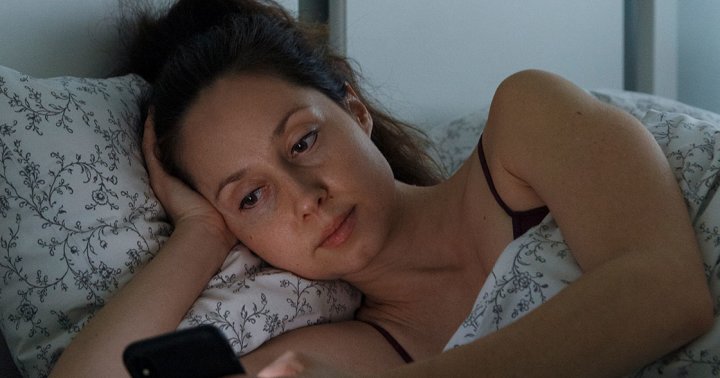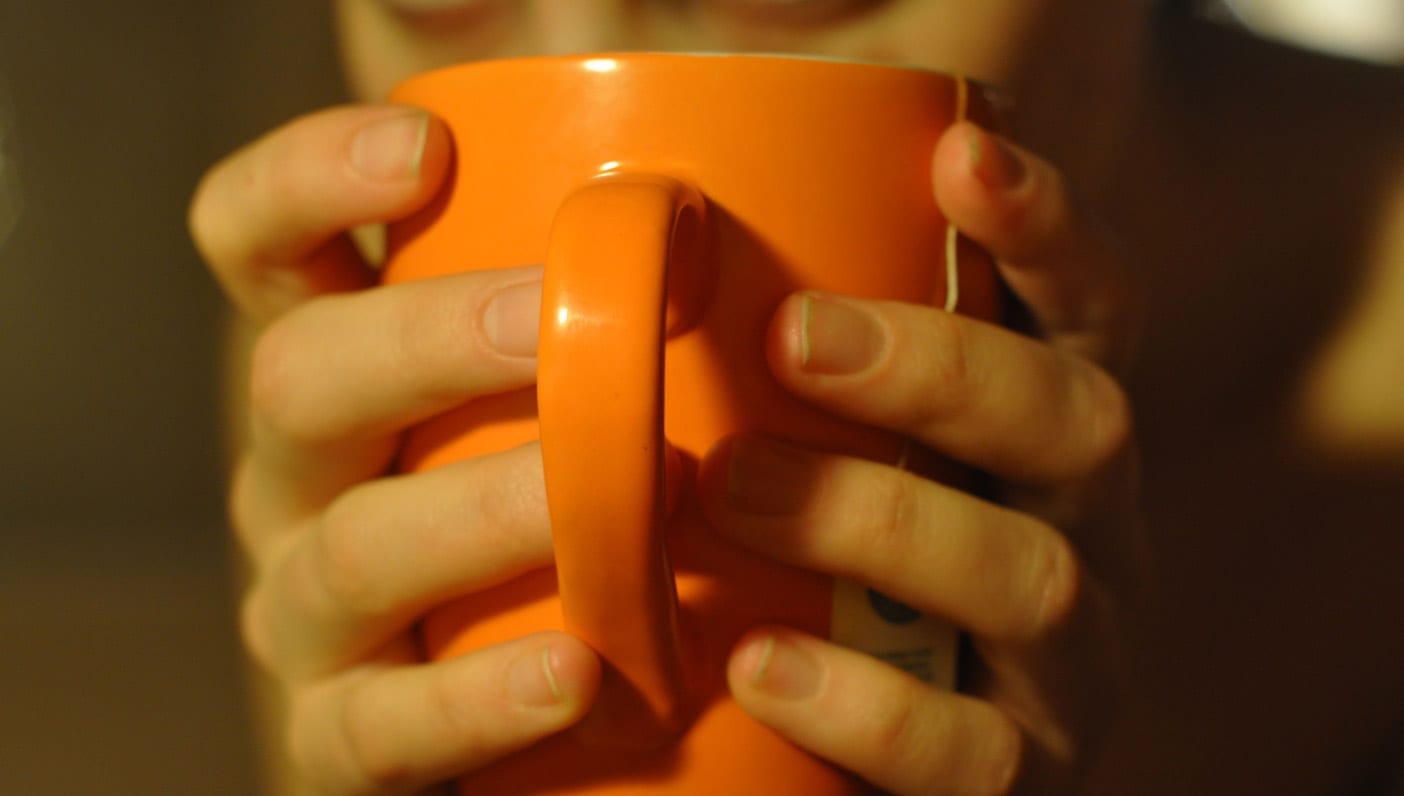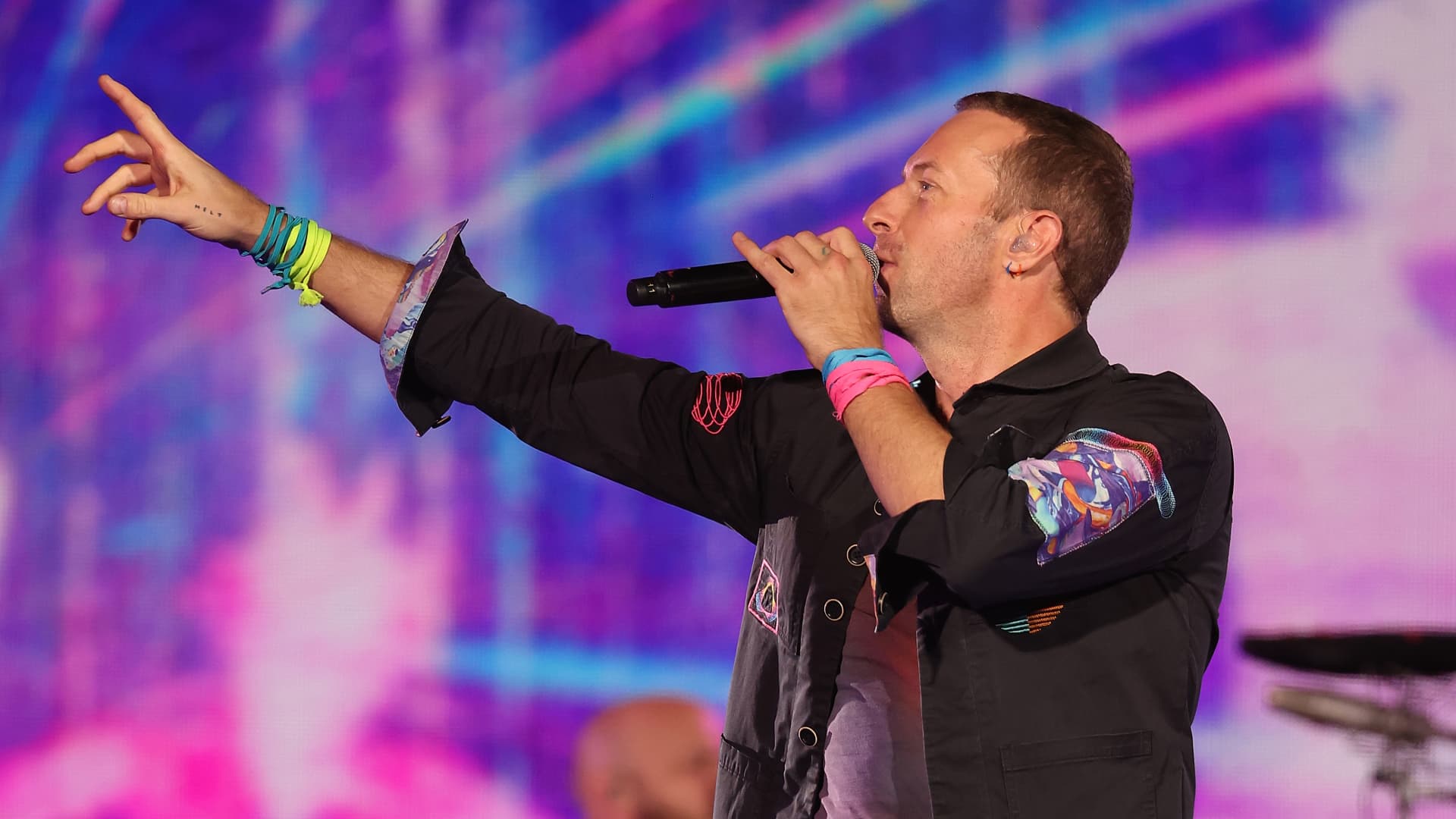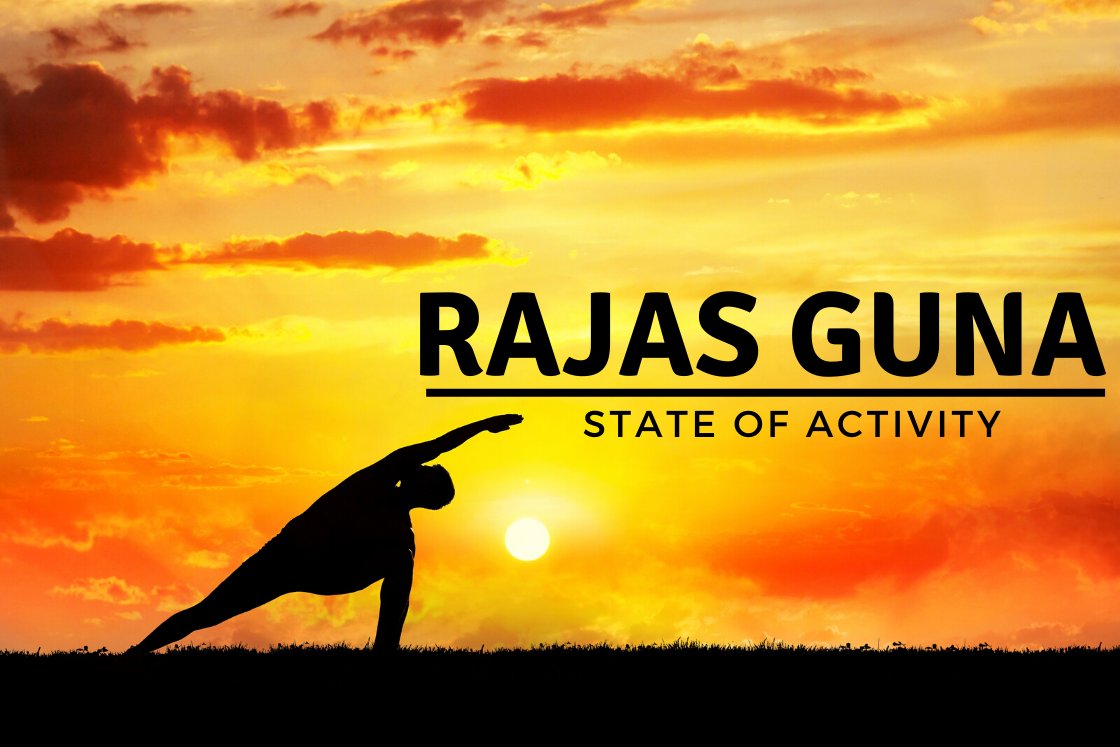Buddhist Chaplaincy Evolves in Japan
Shingon priest Reverend Nathan Jishin Michon studies the relatively new field with an eye to enriching the profession in the West. The post Buddhist Chaplaincy Evolves in Japan appeared first on Tricycle: The Buddhist Review.

Being in or entering into a crisis situation can be nerve-racking, unsettling, and exhausting as well as rewarding, invigorating, and uplifting. There can be a broad mix of internal reactions as we wade through an environment of unpredictable churning and dynamic energies. However, it is important to be prepared to face those situations before entering. You want to be a skilled swimmer before jumping into the deep end of the wave pool.
So writes Reverend Nathan Jishin Michon, PhD, in their introduction to Refuge in the Storm: Buddhist Voices in Crisis Care, a new compendium featuring twenty-four Buddhist perspectives on crisis care. A Buddhist chaplain, scholar, author, editor, translator, interfaith minister, and Shingon priest, Jishin currently lives in Kyoto. Their post-doc research at Ryukoku University explores the development of chaplaincy in Japan, where it is a relatively recent discipline that has advanced considerably since the devastating tsunami of 2011.
Jishin’s academic path spans an MA in comparative religion, an MDiv in Buddhist chaplaincy, and a PhD in history and cultures of religions. They have traveled widely and lived in a number of different countries on several continents. They also lead workshops and guest lectures when they have a moment.
Jishin was raised in a “devout yet open-minded” Catholic family in Michigan. “I had a lot of Catholic education growing up,” they say. “I was the kid who sat at the front of the bus on school field trips so I could ask the priest all sorts of questions.” Their meditation journey began with Zen, continued with the Thai Forest tradition, and settled in the Japanese Shingon School, where they were ordained in 2017. “Today, with my Shingon Vajrayana teacher, I’m still asking questions,” Jishin admits.
What led you to Buddhism? In my first year of college at Western Michigan, I had experiences that I just couldn’t explain. I took some philosophy classes but didn’t find them helpful, then I stumbled upon a course about Buddhism. At the beginning of that course, I had another powerful experience and became very focused on the idea of nonattachment and trying to let go of everything cognitively, even though I hadn’t learned anything about meditation. This led to a mystical experience—a contemplative state of consciousness—where time slowed down and loving compassion and connection with everything around me arose. It was both extremely opening and wonderful, and also, in the days after it ended, extremely lonely. I felt I had a new understanding of reality and nobody to share it with.
Eventually, I spoke with my professor of Buddhism about it. She suggested some readings she thought I might find helpful. I read a lot and started experimenting with meditation on my own. I went into Buddhism from there, beginning with Zen.
Where did your formal Zen practice begin? I sort of jumped in at the deep end when I was around 20. At school I’d asked to do an elective research course to study life in a Zen monastery in Japan. Without any Zen or formal meditation training, I found myself in a situation where we were meditating for ten hours a day in silence. Based on what I’d read, I still had a lot of romanticized Western images of what Zen would be. Those images started crashing down when I went into the experience!
And your path to chaplaincy? In 2007, I spent half a year learning about peace studies in Austria and training in Romania, and was considering pursuing conflict resolution as a profession that offers work in the world rather than in academia. During that period I was regularly around people coming from conflict zones. It was a time for me of watching, paying attention to facial expressions, and listening deeply to people’s issues and stories. I was also guiding basic mindfulness meditation; other people involved in peacekeeping seemed to find it helpful. The experience planted seeds.
After my internship I began applying for regular jobs in conflict zones, but my parents asked me to please find a different field. I told them I’d try to find a job where they wouldn’t have to be up all night worrying about me.
I had heard about chaplaincy and thought it might be a good way to combine my different interests. I entered the Master of Divinity program in chaplaincy at University of the West, and when I did the chaplaincy courses, the role-playing, verbatim exercises, training and reporting back all felt very familiar. After my master’s, I went straight into a PhD program, with a chaplaincy focus. That’s when I started researching the Clinical Pastoral Education programs in Japan.
I also spent time volunteering as a chaplain there, mostly working with disaster survivors. This often took place through a group called Café de Monk. It’s a play on words because the word monku in Japanese means “to complain.” So it was a place where survivors could come and “complain” about their lives to the volunteer “monks” on hand to listen. It was meant to be an oasis of listening, and also of forming community bonds between and with survivors.
Can you share an experience from your time as a volunteer that marked you? I attended the final Café de Monk gathering at one of the temporary housing communities from the 2011 disaster shortly before the community was to be closed. Toward the end of the gathering, there was a traditional dance from the region in which everyone walked slowly in a large circle, performing the prescribed steps and gestures. Despite all the hardships that they had been through, there was so much joy and deep connection throughout the room. We often think of disaster chaplaincy as dealing only with immensely tragic stories, but it can also include moments of joy and bonding, and these are among the most important elements of the work.
How is chaplaincy in Japan unique? It has developed very quickly and is still going through growing pains. There’s been a blossoming of books, articles, and conferences and a great deal of new material, thought, and theory here in Japan over the last decade.
Compared to chaplaincy in the US, which is dominated by its Christian history, most of the trained and certified chaplains here are Buddhists, and most of the training takes place in Buddhist universities and under Buddhist teachers and trainers. I find the Buddhist emphasis and background really exciting; my role here is not just to study and understand it but also to see what I can take back to Buddhist chaplains in places like the US, where they’re so much more of a minority.
There’s a much stricter separation of religion and state in Japan than in the US. This creates difficulties for clinical chaplaincy because we can’t do anything religious in hospitals and hospices that are publicly funded, and most of the Japanese health care system is, thankfully, funded by the government. We may not be permitted to offer a prayer or a chant even if a patient or family asks us to, but we can do basic, secular mindfulness exercises with them.
I feel there’s potential for that to change in the future, but at the moment the chaplains and leaders of the field seem to be treading carefully and establishing themselves first rather than trying to push the boundaries of what they’re allowed to do. The dominance of Buddhism in Japan and the nascent nature of chaplaincy here forces a lot of adaptation. How do we take this originally Christian vocation and adapt it for a primarily non-Christian audience in a very different culture? What’s the best way to serve and care for Japanese people? There’s a lot of creative innovation happening as we try to figure it out.
Can you give us an example? Yes, there’s a teacher-trainer here named Oshita Daien who’s been working in hospitals with dying cancer patients for almost two decades. He’s from my Shingon tradition and reordained as a Theravada monk in Sri Lanka, so he has a broad meditation background. At first, to gain more experience in hospital settings, he also trained as a music therapist. He’s taken his Buddhist training in mantra practice, dharanis, and other chanting techniques and adapted it to music therapy and contemplative practices to create a complete therapeutic system of chanting meditation therapy. Now he teaches doctors, nurses, and social workers how to use these techniques to serve the needs of patients. He’s doing a lot of cool things!
Are there many professional chaplains in Japan? The number of paid professional positions is extremely limited. The majority of people going through the chaplain certificate program at my university, for example, are ordained priests who would like to become better listeners for all the funerals and grief care that they’re doing, or to combine their temple duties with some kind of volunteer chaplaincy on the side.
Given the many different forms of Buddhism present in Japan—Zen, Shingon, Soka Gakkai, Pure Land, etc.—does everybody get along? I would say the chaplains get along better than most of the other Buddhists [laughs]. It’s not that the others don’t get along, it’s that there’s very little interaction among the different Buddhist sects. One generally learns and trains within one tradition. In some ways, chaplaincy is a whole new thing for Japanese Buddhism because there’s a heck of a lot more interaction.
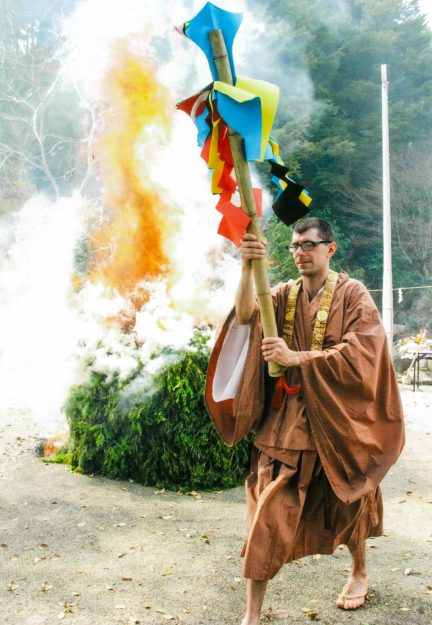
As a Shingon priest, what are your responsibilities? When I can, I help my teacher, Seicho Asahi, at his temple, Riso-in, especially during certain festivals. It’s a small monastery, and everyone else is Japanese. I’m kind of a longtime novice; I’m still learning how to do rituals properly. The Shingon tradition has a lot of different chants and ceremonies, and I’ve learned and memorized some of them. I’m slowly adding more to my ritual utility belt.
Tell us about your new book. How did the project begin? I was back in the US planning to return to Japan when the COVID lockdowns suddenly began. My Japan plans went through long, repeated delays because of that country’s strict border closures. I had just finished a dissertation that partly dealt with disaster and crisis care and had met so many people doing wonderful, amazing work in the world through that process.
I ran the idea of an anthology past a few people and sent out a call for papers. The response was incredible—there were so many beautiful stories and gems of wisdom from people belonging to a variety of Buddhist traditions, fields, and countries. All of these voices were so important. It felt like they should become a book for the times we are all living in.

 Aliver
Aliver 







